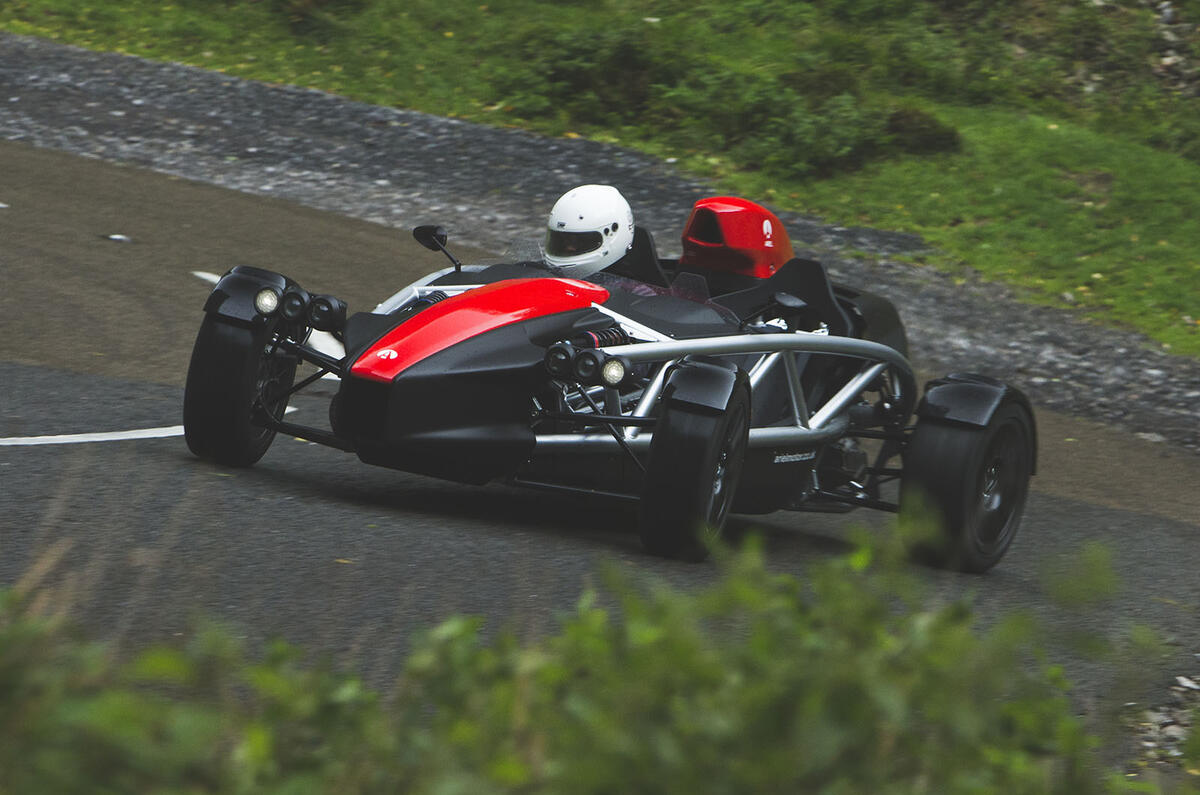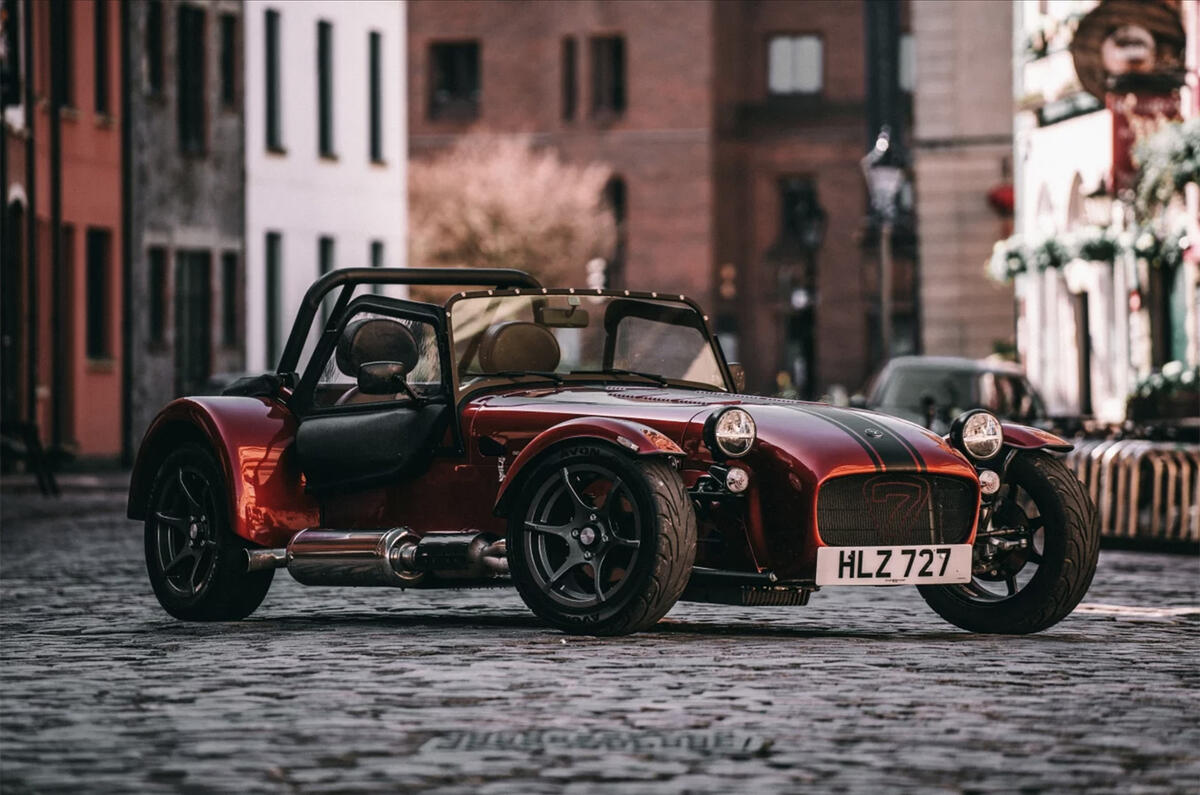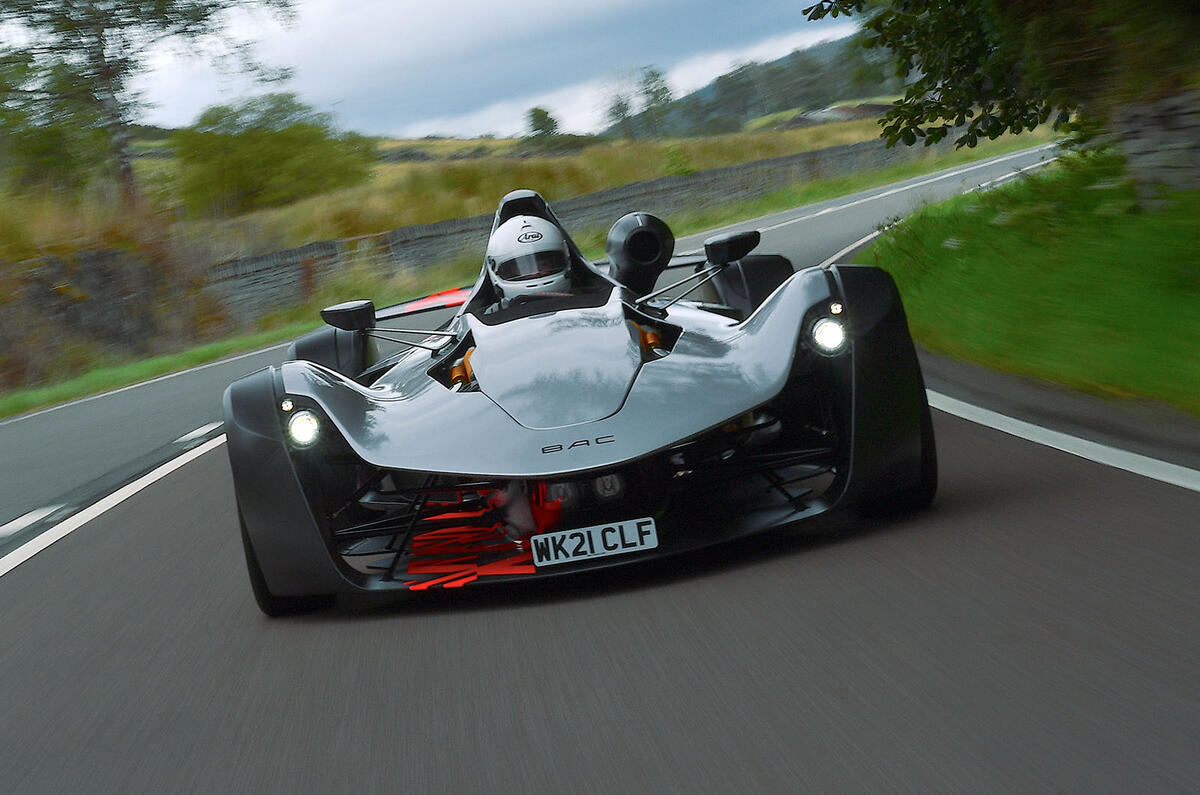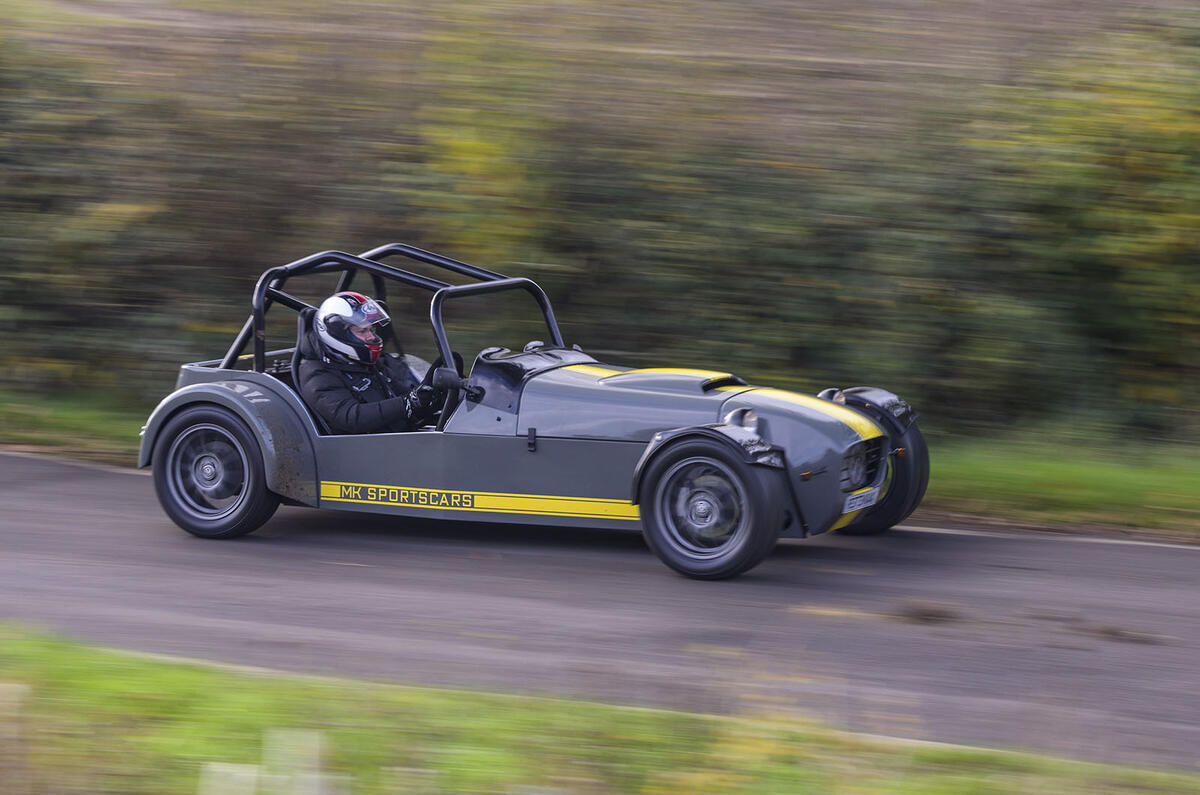When you really want to have fun behind the wheel, then you need to minimise the mass. Whether you’re seeking straightline pace or after apex-acing dexterity, then the lighter the car the better. It’s simple physics really - the less you have to move when accelerating, braking and turning, the faster and more faithful the car will be to your inputs.
Of course, shedding quite a few pounds means you (usually) have to sacrifice some creature comforts and forget about family-friendly practicality, but the upshot is unrivalled handling delicacy, tactile involvement and responsiveness, plus performance that orders of magnitude higher than the on paper power outputs would suggest.
The very simplicity (although that doesn’t mean unsophisticated) and single-minded approach of these machines is what really appeals, their commitment to dumping unnecessary extras in the pursuit of pure driving pleasure a refreshing tonic to the increasing complexity and avoir du pois of the current wave of crossovers and SUVs, not to mention battery-heavy EVs.
To qualify for this list our contenders have to tip the scales at under 1000kg (or thereabouts) and have a singular focus to engage and entertain. We’re not interested in infotainment systems, leather trim or climate control, and if we’re honest even basic weather protection isn’t a prerequisite to entry.
So, here’s our top picks for brilliant, back-to-basics entertainers that keep their kerb weight to a minimum.
1. Ariel Atom 4
To the uninitiated, this fourth generation Atom looks much like the first, which is to say a cartoonish mash-up of children’s climbing frame and a single seat racer. Yet while the brilliantly pared-back aesthetics are similar, as is the lazer-focus on stripping away anything that comes between the driver and a good time, this fourth generation road racer is the most advanced and exciting yet.
Handcrafted at Ariel’s Crewkerne base down in Somerset, the tubular-framed Atom gained revised chassis, suspension, interior (well, seats and minimal dash) and engine when it launched in 2018. The latter is a Honda unit (as it has always been, made bespoke V8 versions aside), but this time it’s the turbocharged 316bhp unit from the Civic Type-R. In the Jalapeno–hot hatch it delivers a knockout punch, so you can imagine how hard it hits in the Atom, which weighs a generous lunch under 600kg. Ariel claims 0-60mph in just 2.8 seconds, and if anything it feels even faster, the speed sensations enhanced by the sucking, whistling and rasp of that motor just behind your shoulder and the assault from the elements as you sit within that exposed exoskeleton (don’t forget your helmet unless you want a face full of flies and stones).
Yet it’s the way the Atom assaults corners that really takes your breath away, the lack of inertia allowing the Ariel to dart into and out of corners with barely a whiff of slip, slide, rock or roll. It communicates so lucidly too, the unpowered steering keeping you keyed-in to the road, the mid-engined balance and razor sharp throttle giving options and entertainment in equal measure. It’s a total immersion device and every trip leaves you exhilarated and happily exhausted.

































Add your comment